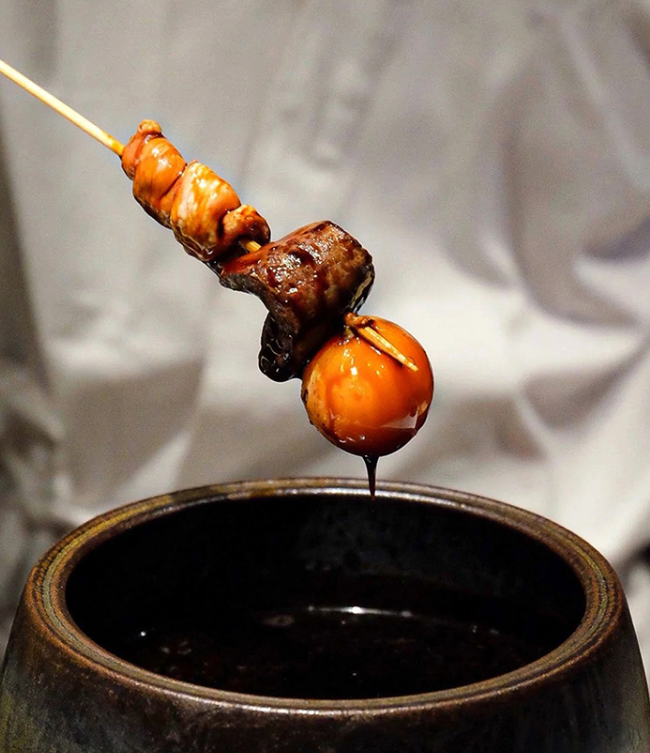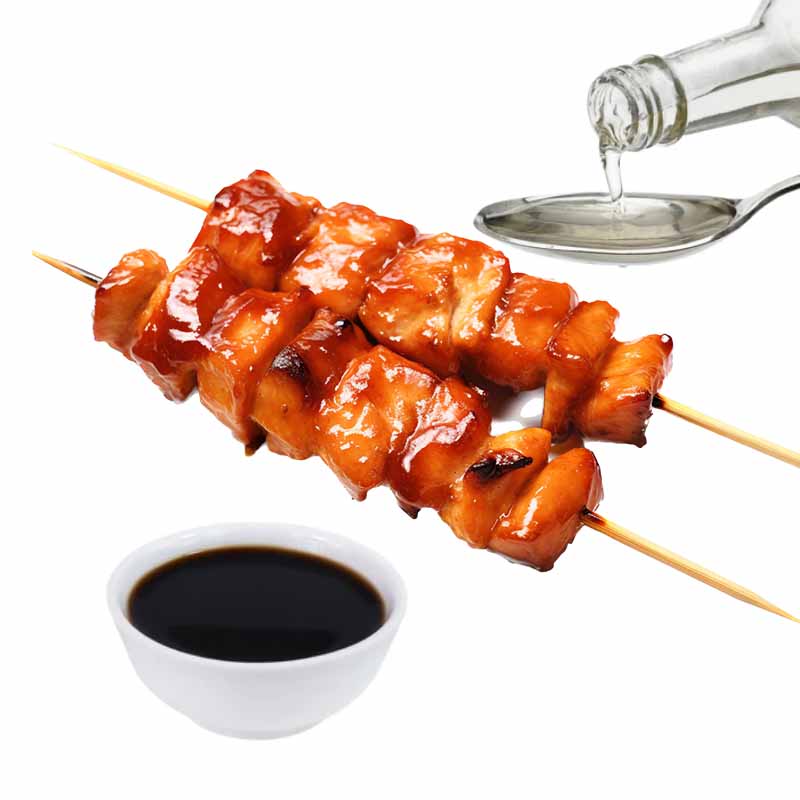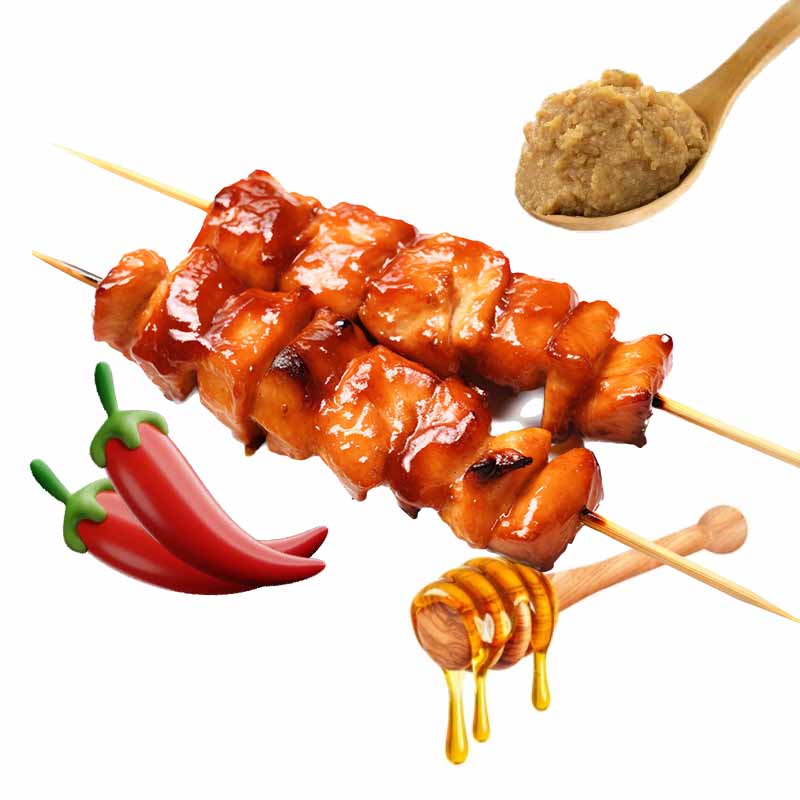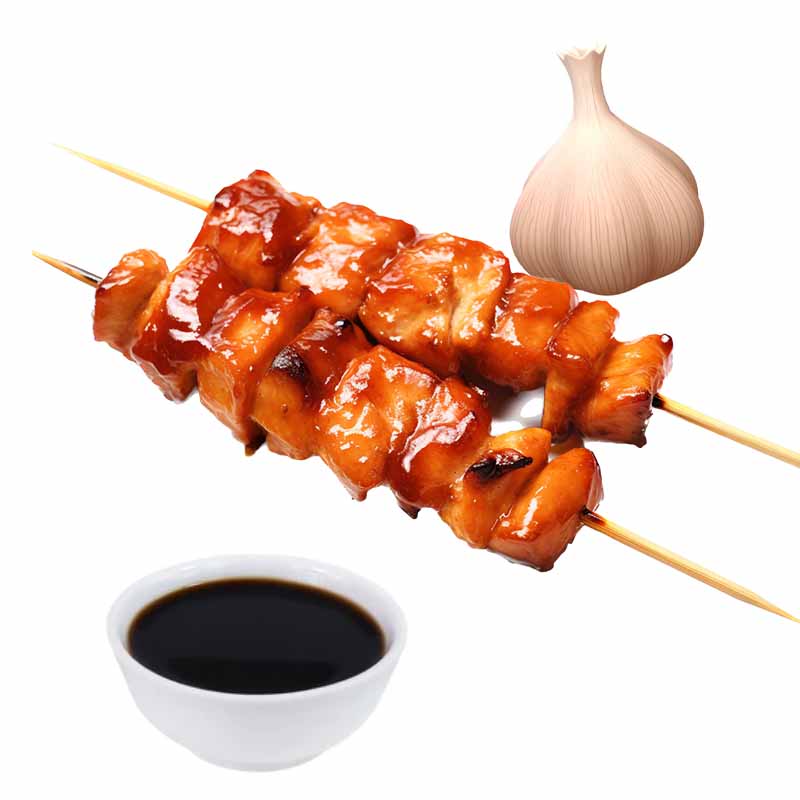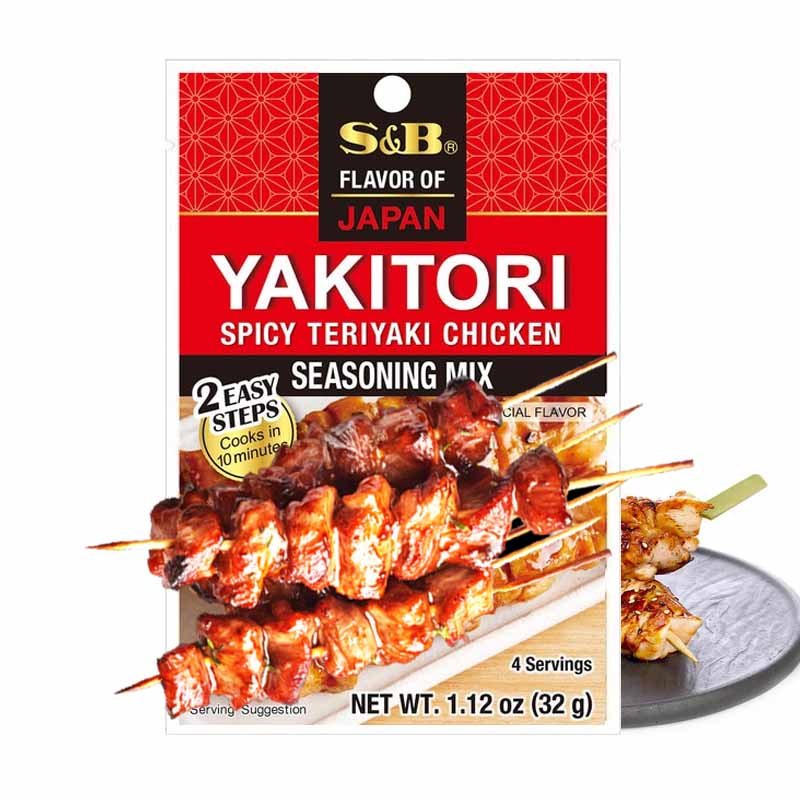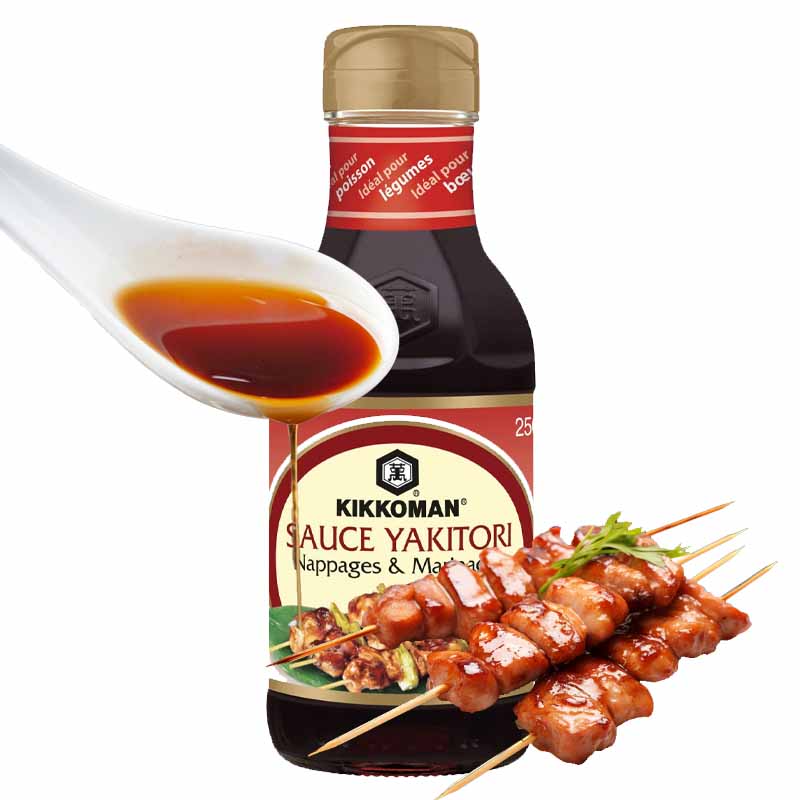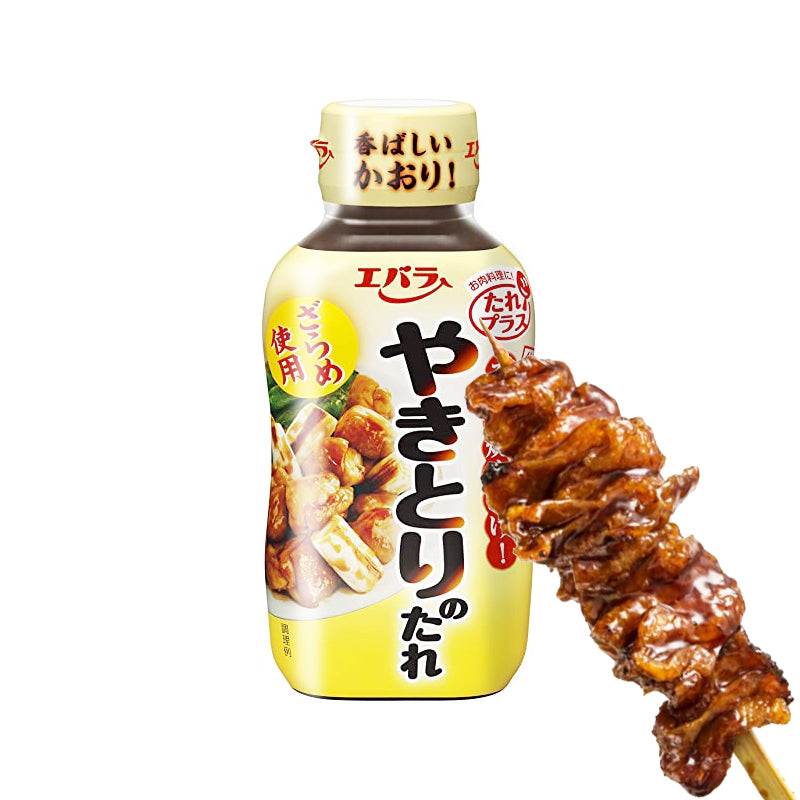Yakitori
History, Japanese Culture, Types, Recipes.
At the heart of Japan's vibrant culinary culture, yakitori stands as a symbol of simplicity and tradition. This dish, which has transcended the borders of its country of origin, is much more than simple chicken skewers: it is a story of flavor, art and community. Today, I invite you on a journey through the world of yakitori, from its humble beginnings to its current status as a global favorite.
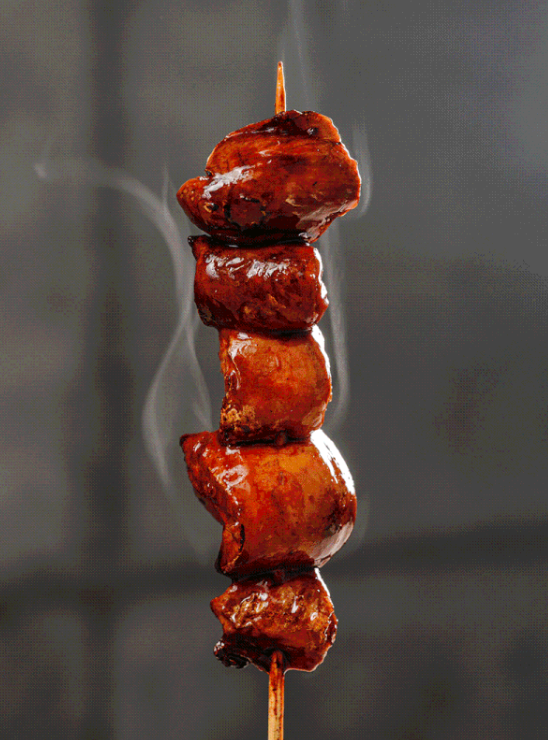
What is Yakitori and History
Yakitori , a word that literally means "roasted chicken" in Japanese, is much more than a simple description of its main ingredient. This dish, consisting of pieces of chicken skewered on bamboo skewers and cooked on a grill, is a true institution in Japanese culinary culture . But yakitori isn't just limited to chicken; It can also include a variety of meats and vegetables, each with its own flavor and cooking technique.
The history of yakitori is a fascinating journey through time. Its origins date back to the Meiji era (1868-1912) , a period of profound modernization in Japan. It was during this time that yakitori began to gain popularity as an accessible snack for the masses. In later years, especially during the Taishō period (1912-1926) and the beginning of the Shōwa era (1926-1989), yakitori established itself as a staple at street food stalls , especially in urban areas.
Initially, yakitori was a way to use all the parts of the chicken, including organs such as the liver and heart. Over time, this practice evolved into a pursuit of culinary perfection , with each piece meticulously cooked to highlight its unique flavor.

Yakitori in Japanese Culture to the world
In Japan, yakitori is more than just a dish; It is a social and cultural experience . Traditionally enjoyed in izakayas (Japanese taverns) accompanied by a good beer or sake, yakitori is synonymous with good times between friends and family. These establishments, often small and cozy, are the perfect setting to enjoy a variety of skewers, each with its own character and flavor.
The popularity of yakitori has transcended the borders of Japan, capturing the hearts and palates of food lovers around the world. In cities from New York to Europe, yakitori restaurants offer an authentic Japanese experience, adapting their menus to appeal to an international audience without losing the essence of this traditional dish.
Yakitori represents the perfect union of simplicity and sophistication , a dish that has managed to maintain its cultural identity while adapting to global tastes. Its growing international popularity is a testament to its versatility and ability to connect people through food.
The Diversity of Yakitori: A World of Flavors
Yakitori is not just a way of cooking chicken, but an expression of culinary diversity. Although chicken is the protagonist , the variety of cuts and preparations offers a wide range of flavors and textures.
Types of Chicken Yakitori
Types of Chicken Yakitori:
- Negima : Alternating pieces of chicken and chives, a classic favorite.
- Tsukune : Chicken meatballs, often mixed with spices and covered with a sweet sauce.
- Kawa : Chicken skin, cooked until crispy, a delight for lovers of textures.
- Hatsu : Chicken hearts, a rich bite full of flavor.
- Reba : Chicken liver, known for its soft texture and intense flavor.
Each of these types offers a unique experience, from the softness of tsukune to the crunchy texture of kawa.
Beyond Chicken: Other Yakitori Options
- Gyūniku : Beef skewers, often marinated to enhance their flavor.
- Butaniku : Pork , a juicy and tasty alternative.
- Yasai : Varieties of vegetables , such as mushrooms, peppers and onions, ideal for vegetarians or as a complement to meats.
These options show that yakitori can be adapted to different tastes and preferences, always maintaining its essence of flavor and quality.
Conclusion:
Yakitori, in its many forms, is a reflection of the rich Japanese culinary culture . Whether you prefer classic chicken or lean towards more adventurous options, there is a style of yakitori for every palate. This diversity not only makes yakitori a versatile dish, but also a gastronomic experience that invites exploration and enjoyment.
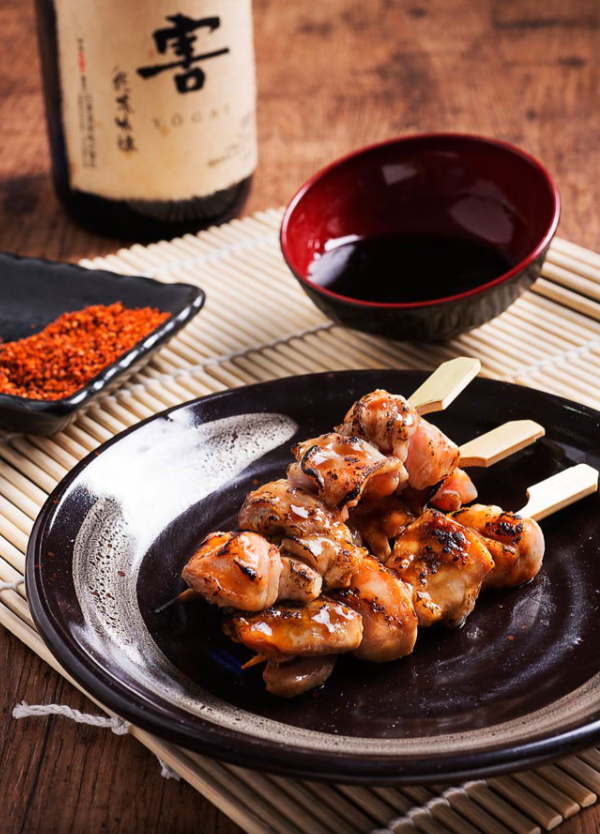
Secrets for Preparing Yakitori at Home: Master the Japanese Art
Preparing yakitori at home can be a rewarding and delicious experience. Although it seems simple, there are some tricks and techniques that can help you achieve that authentic flavor that characterizes this Japanese dish.
Essential Techniques and Tools:
- Grill or Grill : Ideally, use a charcoal grill to get that characteristic smoky flavor. However, an electric grill or skillet can also work.
- Skewers : Bamboo skewers are the most traditional. Remember to soak them in water before using them to prevent burning.
- Heat Control : A key to perfect yakitori is temperature control. The fire should not be too strong; look for a medium heat that cooks the chicken evenly without burning it.
- Marinade and Sauces : Prepare a good marinade or sauce to brush your skewers. Teriyaki sauce or a mixture of soy sauce, mirin, and sake are popular options.
Recetas de Yakitori para Principiantes
Para preparar yakitori en casa, necesitarás una parrilla o grill (idealmente de carbón para un sabor auténtico), brochetas de bambú (remojadas en agua previamente para evitar que se quemen), y control del calor para cocinar de manera uniforme. Los ingredientes básicos incluyen pollo, salsa de soja, mirin, azúcar, y una variedad de vegetales o carnes según la receta.
Yakitori de Pollo Clásico (Negima)
TIEMPO DE PREPARACIÓN
20 min
TIEMPO TOTAL
40 min
TIEMPO DE COCCIÓN
20 min
Ingredientes
- Pechuga o muslo de pollo en cubos
- Cebollín
- Salsa de soja
- Mirin
- Azúcar
Instrucciones
- 1 Alterna en la brocheta trozos de pollo y cebollín.
- 2 Asa las brochetas en la parrilla, pincelando con una mezcla de salsa de soja, mirin y un poco de azúcar.
Yakitori de Albóndigas de Pollo (Tsukune)
TIEMPO DE PREPARACIÓN
30 min
TIEMPO TOTAL
50 min
TIEMPO DE COCCIÓN
20 min
Ingredientes
- Carne picada de pollo
- Cebolla picada
- Huevo
- Sal y pimienta
Instrucciones
- 1 Mezcla carne picada de pollo con cebolla picada, un huevo, sal y pimienta.
- 2 Forma albóndigas, ensártalas en brochetas y cocina en la parrilla, pincelando con tu salsa favorita.
Yakitori Vegetariano (Yasai)
TIEMPO DE PREPARACIÓN
15 min
TIEMPO TOTAL
35 min
TIEMPO DE COCCIÓN
20 min
Ingredientes
- Variedad de vegetales (pimientos, cebollas, champiñones, etc.)
- Salsa de soja
- Aceite de sésamo
Instrucciones
- 1 Corta los vegetales en trozos adecuados para brochetas.
- 2 Ensarta los vegetales en las brochetas y asa en la parrilla, pincelando con una mezcla de salsa de soja y aceite de sésamo.
NOTA: Estos tiempos son aproximados y pueden variar según el tipo de parrilla y el tamaño de las porciones. Asegúrate de que el pollo esté bien cocido antes de consumirlo.
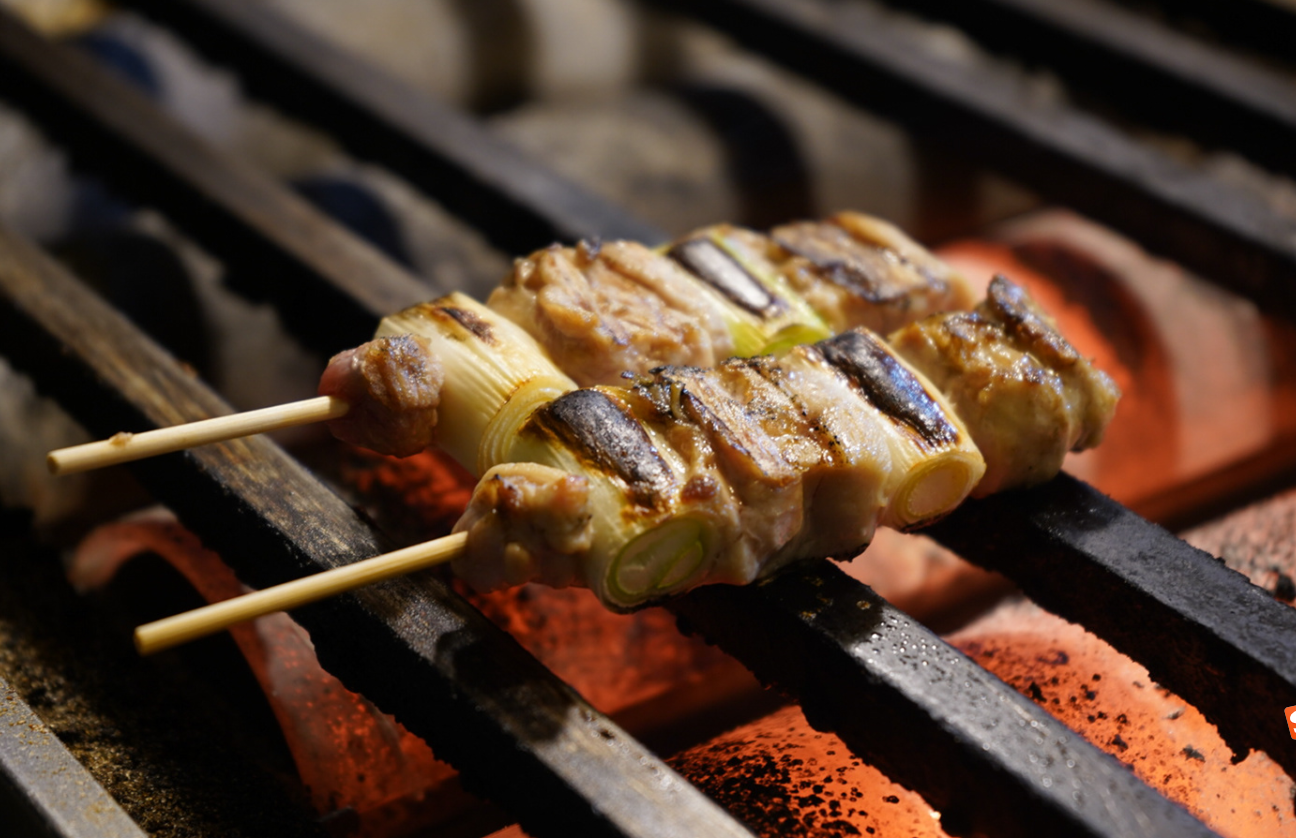
The Nutritional Value of Yakitori: A Healthy and Delicious Option
Yakitori, more than a simple dish of Japanese cuisine, is a culinary option that combines flavor and nutrition. This dish, known for its grilled chicken skewers, offers significant health benefits , especially for those looking for high-protein, low-carb foods .
High in Protein, Low in Carbohydrates
The main component of yakitori, chicken, is an excellent source of high-quality protein , essential for building and repairing muscles and tissues in our body. Plus, unlike many other fast food options, yakitori is low in carbohydrates , making it ideal for low-carb diets or for those looking to control their sugar intake.
Tips for Healthier Preparation
- Choose Lean Chicken Parts : Opt for skinless breasts or thighs to reduce saturated fat intake.
- Low Sugar Marinades and Sauces : Prepare your own sauces and marinades to control the amount of sugar and salt. Use natural ingredients like ginger, garlic, and rice vinegar to add flavor without extra calories.
- Grill or Bake : Avoid frying the skewers. Grilling or baking not only improves the flavor, but also reduces the amount of fat compared to frying.
- Incorporate Vegetables : Add vegetables to your skewers to increase your intake of vitamins, minerals and fiber. Peppers, onions and mushrooms are great options.
Healthy Innovations in Yakitori Recipes
Don't hesitate to experiment with different ingredients to make your yakitori even healthier. For example, you can try lean meat alternatives like turkey or even vegetarian options like tofu or seitan, which are also rich in protein.
Yakitori is not only a gastronomic delight, but also a balanced food option. With its high protein and low carbohydrate content , along with the possibility of adapting it to a healthier cooking style, yakitori becomes an excellent option for conscious and delicious eating.
Yakitori: More than a Food, a Cultural Experience
Yakitori, with its steaming chicken skewers and captivating aroma, is much more than just a dish in Japanese cuisine; It is a window to the rich culture and traditions of Japan . This dish, which has transcended borders, offers not only a culinary delight, but also an authentic cultural experience .
A Journey through the Senses
Each bite of yakitori is a journey through the senses, taking us to the bustling streets of Tokyo or a quiet festival in Kyoto. It is a way to connect with Japanese history and customs , where each ingredient and each cooking technique has its own meaning and origin.
The Importance of Yakitori in Japanese Culture
Yakitori is not just food; It is a symbol of gathering and celebration . In Japan, yakitori-ya (yakitori stalls) are common places to socialize and enjoy the company of friends and family. It represents the simplicity and elegance of Japanese cuisine, where quality and flavor are achieved through the simplicity and freshness of the ingredients.
Dare to Prepare your Own Yakitori
Making yakitori at home is a great way to immerse yourself in Japanese culture . Not only will you learn how to cook a delicious dish, but you will also gain a deeper appreciation for the flavors and techniques that define this unique cuisine.
- Experiment with Ingredients and Techniques : There is no one way to make yakitori. Dare to experiment with different cuts of chicken, sauces and marinades.
- Create your Own Yakitori-ya at Home : Invite friends and family to share this experience. Preparing and enjoying yakitori together can be a wonderful way to socialize and share.
- Explore History and Traditions : While you cook, take a moment to learn about the history of yakitori and its place in Japanese culture.
Conclusion
Yakitori is more than a meal; It is an enriching cultural experience . By preparing and enjoying this dish, you are not only savoring a delicious meal, but also participating in a tradition that has been an essential part of Japanese culture for centuries. We encourage you to explore, experiment and immerse yourself in the art of making yakitori, and through it, the rich and fascinating culture of Japan.
To buy
Blog
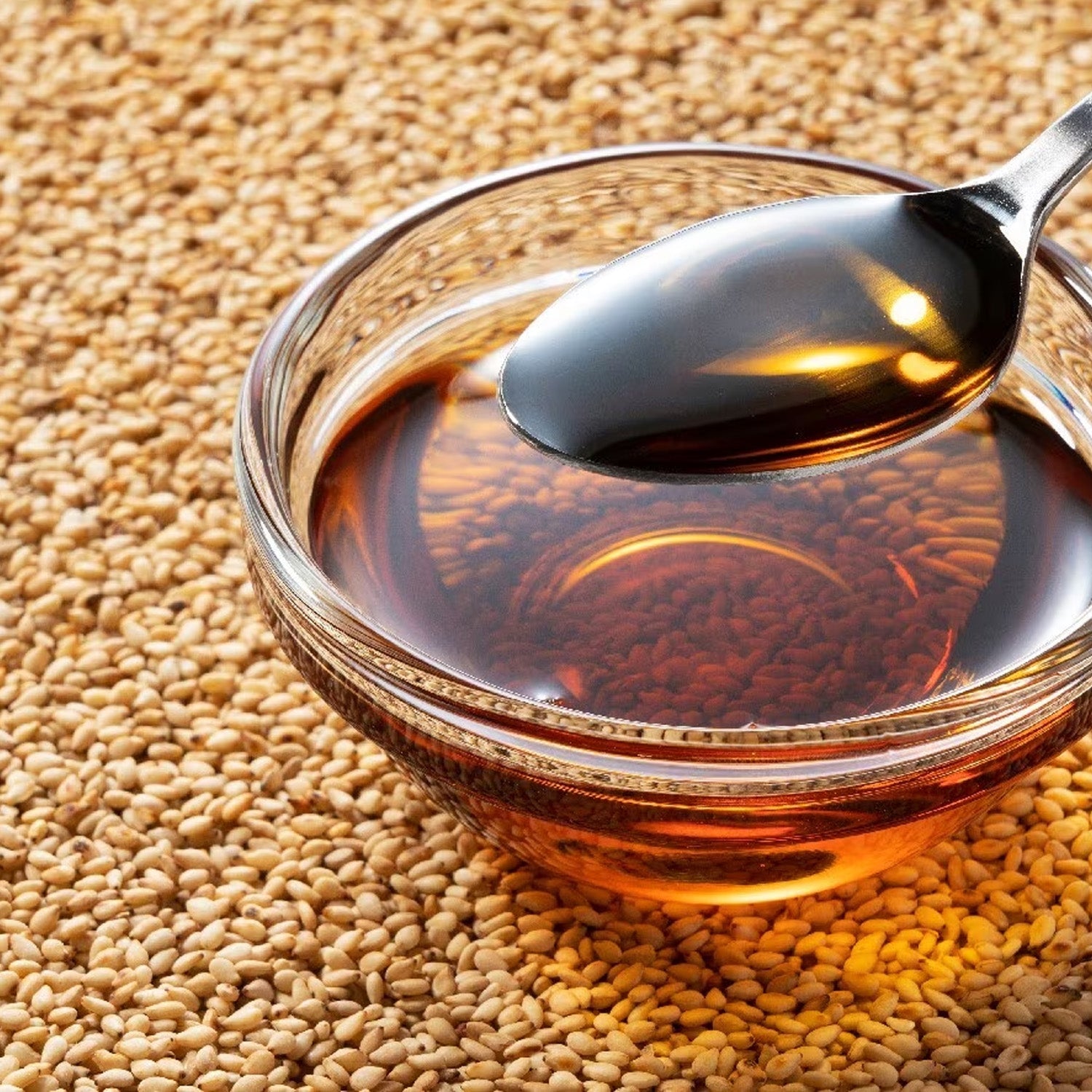
Benefits of Sesame Oil: Health and Cooking at its Best
The numerous benefits and uses of sesame oil in cooking, personal care and health. Learn how to take advantage of its antioxidant and anti-inflammatory properties.
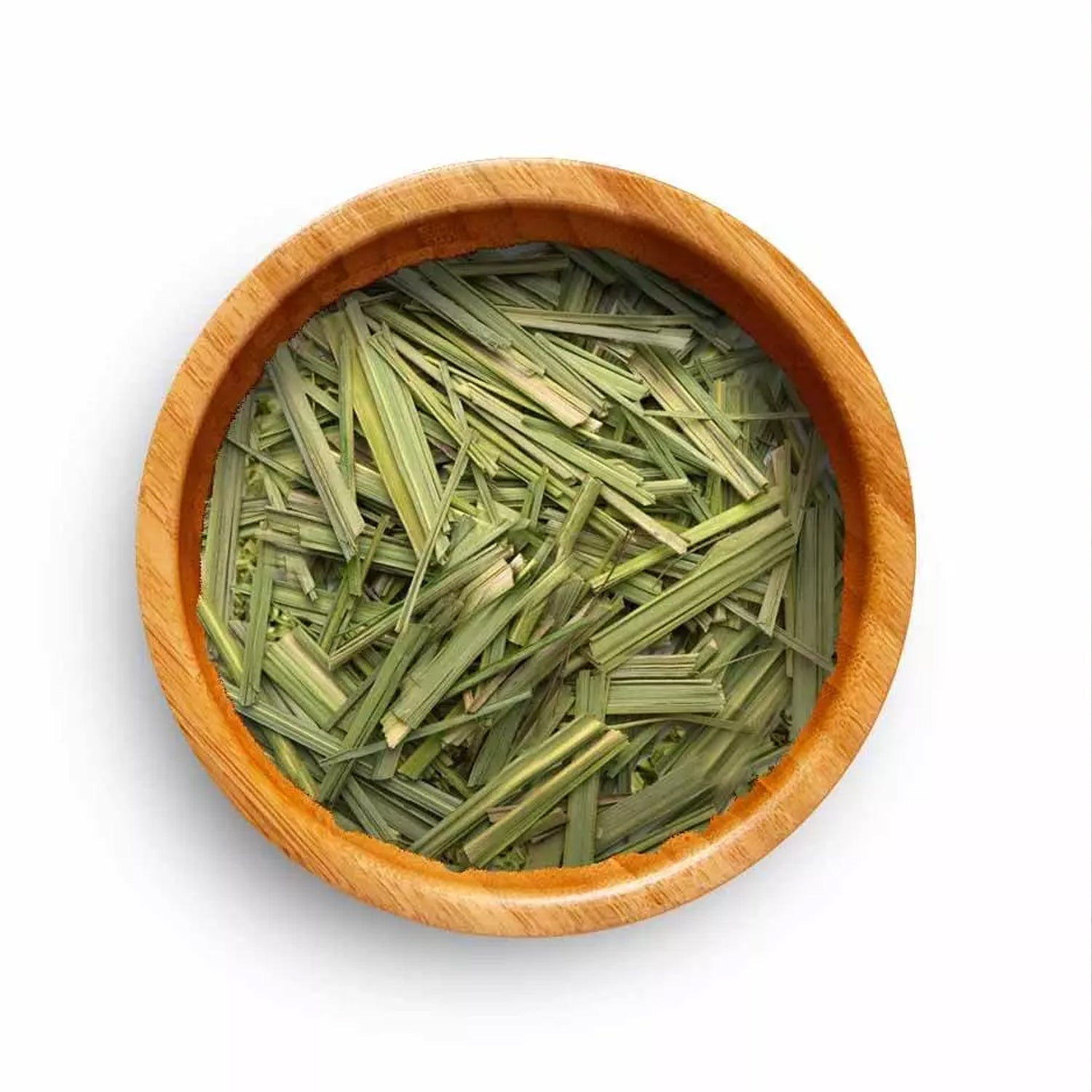
Benefits of Lemon Grass: Culinary and Medicinal Uses
Lemon Grass can transform your favorite dishes and improve your health. Learn about its culinary uses, medicinal benefits, and featured recipes to incorporate this versatile plant into your daily l...
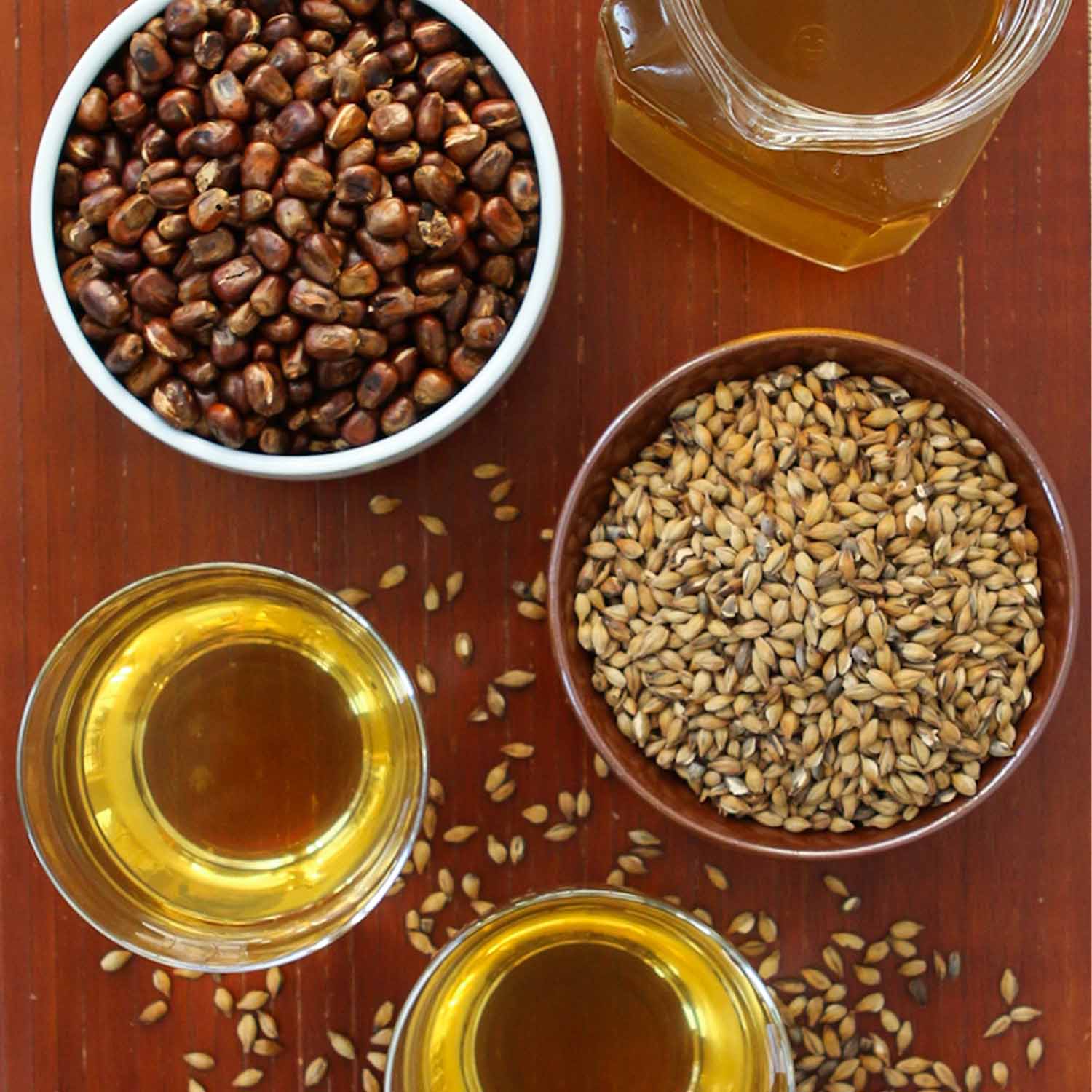
Korean Barley Tea: Tradition and Health in Every Cup
Korean barley tea, known as bori-cha. Learn about its origin, health benefits and how to prepare it at home. A caffeine-free drink rich in antioxidants. Discover the tradition and benefits of this ...



